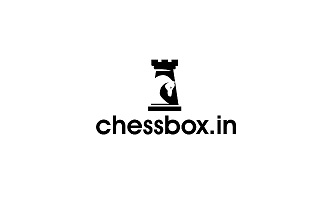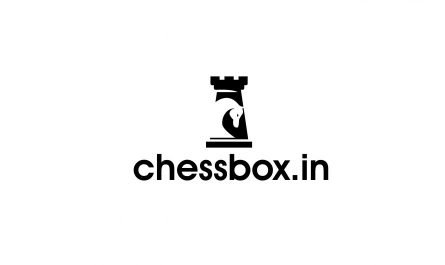Blitz chess is a fast-paced and dynamic version of the game of chess, where each player has a limited amount of time to make all their moves. The exact time control can vary, but in most blitz games, each player is given 3 to 5 minutes for all their moves.
In blitz chess, the game is played on a standard chessboard, and the pieces are set up as in standard chess. The objective is to checkmate your opponent’s king, just as in standard chess. However, the limited time control and fast pace of the game result in a much different playing style and a higher emphasis on speed and tactical skills.
Blitz chess is typically played in a tournament or competition setting, with players competing against each other in a series of rapid-fire games. The winner is often determined by a scoring system, where points are awarded for wins, draws, and losses. Ties may be broken by a tie-break system, such as the Buchholz or Sonneborn-Berger score.
The history of blitz chess follows a similar path as that of rapid chess, as it also evolved from the desire to play more games in a shorter amount of time. The exact origins of blitz chess are unclear, but it is believed to have developed from informal games played among friends and chess enthusiasts.
Blitz chess gained popularity in the mid-20th century, as chess players began to compete in faster and faster games with shorter time controls. This trend was driven by the need for chess organizations and tournament organizers to fit more games into shorter periods of time, as well as by the desire of chess players to test their skills in a fast-paced and challenging environment.
Over the years, blitz chess has continued to evolve and gain popularity, with many chess players and organizations around the world now offering blitz chess tournaments. Today, blitz chess is played by chess players of all skill levels, and is considered to be a fun and exciting way to enjoy the game of chess.
In 2000 World Blitz Chess Cup, Indian grandmaster Vishwanathan Anand, the tournament’s No. 1 seed, triumphed over a strong field that included 70 Grandmasters and nine of the world’s top-20 ranked players with a 17½/22 score.
In 2022, GM Koneru Humpy became the first ever Indian woman to win a medal at World Blitz championships after securing a silver in Almaty Kazakhstan.
As per records, the current world blitz champion is the Norwegian Grandmaster Magnus Carlsen (6 times winner) and Bibisara Assaubayeva from Kazakhstan is the current women’s blitz world champion.
There are multiple variations in blitz chess tournaments, each with its own unique set of rules and regulations, listed below are some:
Standard blitz: This is the most traditional form of blitz chess, with each player having a set amount of time to make all their moves.
Fischer Random blitz: Also known as Chess960, this variation uses a randomized starting position, with the pieces on the back row set in a random order.
Crazyhouse blitz: In this variation, players can drop captured pieces back onto the board as their own pieces.
Three-check blitz: In this variation, the game is won by giving check to the opponent’s king three times.
Bullet blitz: This is the fastest form of blitz chess, with each player having only one or two minutes to make all their moves.
Ultrabullet blitz: This is an even faster variation of blitz chess, with each player having less than a minute to make all their moves.
Here are the basic rules to consider when playing a blitz game of chess:
Time control: In blitz chess, each player has a limited amount of time to make all their moves, usually ranging from 3 to 5 minutes. A chess clock is used to keep track of each player’s time.
Setup: The game is played on a standard chessboard, and the pieces are set up as in standard chess.
Objective: The objective of the game is to checkmate your opponent’s king, just as in standard chess.
Moving the pieces: Players take turns moving their pieces according to the standard rules of chess.
Touch-move rule: If a player touches a piece, they must move that piece, as long as it is a legal move. If a player touches an opponent’s piece, they must capture it if it is a legal capture.
Draws: Draws can occur in blitz chess by agreement, by stalemate, by threefold repetition of position, by the 50-move rule, or by the lack of mating material.
Touching the clock: A player must touch their clock with the same hand they use to move their pieces. Failing to do so can result in penalties.
Time increments: Some blitz games may use time increments, where a certain amount of time is added to a player’s clock after each move.

